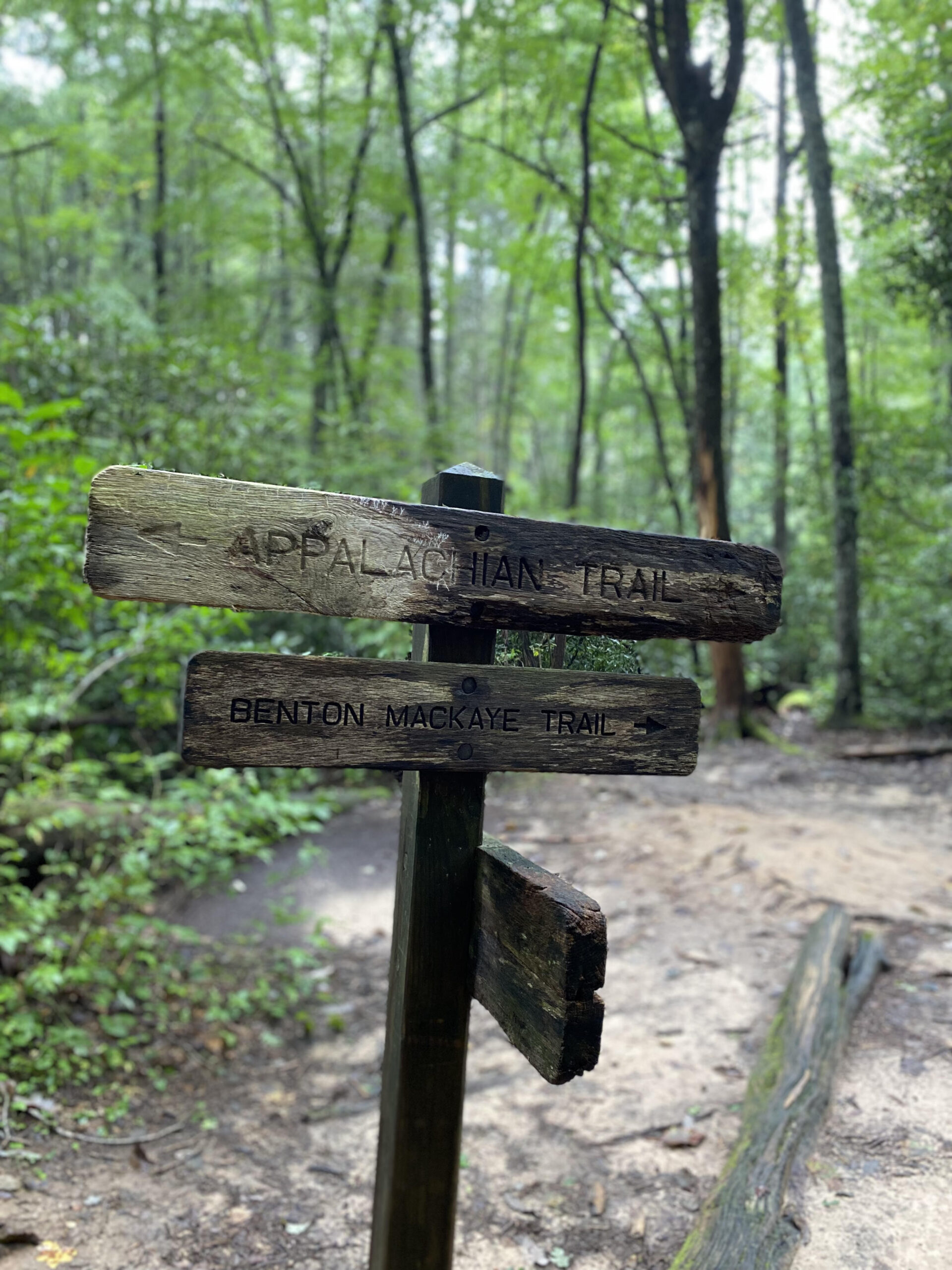By Mike Templeton
It really should not be a surprise to learn that urban Appalachians are often as attached to the great outdoors as our rural cousins who remain close to the wilds of Appalachia. For some of us, an escape to the woods is a top priority when we get time. The Urban Appalachian Community Coalition has held a special place for conservation and ecological efforts both in greater Cincinnati and in parts of the Appalachian region where we have ties. One of the major destinations for anyone who has a love of Appalachian wilderness is the Appalachian Trail. This trail is a monument to the Appalachian region and its long stretch through the eastern United States. It should not come as a surprise, then, that the Appalachian Trail, for all its natural resilience, was another victim of Hurricane Helene and the flooding unleashed by that storm.
In the aftermath of Hurricane Helene and its impact on the Appalachian region, the focus was, and remains, the people who were impacted by the storm. The storm and the flooding that came with it devastated so much of the Appalachian region that there was nothing else to consider but helping those who had lost everything they had, including family members, and rebuilding homes and communities. However, another victim of Hurricane Helene was the Appalachian Trail. Parts of the trail were rendered completely unusable and inaccessible after the storm and the flooding, and we are not just talking about downed trees and washed out trail sections. Parts of the Appalachian Trail were simply gone. Five years later, it is a pleasure and a relief to report that efforts to restore the Appalachian Trail have nearly put everything either back into place or carved out a new place.
There are few things as emblematic of Appalachia to the country than the Appalachian Trail, which attracts more than 3 million people every year. The 2200-mile trail that stretches from Georgia to Maine is a living breathing institution of the Appalachian region as much as it is the quest for people all over the world who embrace the outdoors. Even if you never walk the entire trail, there are numerous entries points all along the trail where the casual hiker can enjoy a mile or two. I have been on the trail in North Georgia, and walking five miles did not leave me feeling cheated. You become engulfed by the trail the moment you enter, and the world of automobiles, buildings, and street noise disappear. It is pure magic. To have lost significant portions of the trail was a blow to everyone who values this national treasure, and especially to its walkers.
In the immediate aftermath of the storms, about 430 miles of trail were rendered unusable if not outright inaccessible. One small portion demanded a five-mile detour because of the extent of the damage. Downed trees were an obvious problem, and in a part of the Eastern Deciduous Forest as vast as the Appalachian Trail, downed trees can mean massive deadfall that can cover a huge portion of a hillside. When old growth trees are downed, they take down anything around them. The damage can be an impenetrable tangle of branches, upturned soil, displaced rocks—the entire area can become extremely hazardous. The worst damage to the trail was in Pisgah National Forest in North Carolina, and much of this segment of the trail remains closed to hikers. However, trail restoration is ongoing, and hikers should check with the Appalachian Trail Conservancy to see about the most recent updates. A link is provided below.
Volunteers and staff from the Conservancy have been working since the storms and floods to repair and restore the trail. This is difficult, and often dangerous work. Of the more than 400 miles of damaged or lost trail, most of it is completely inaccessible by heavy equipment. To remove downed trees and other deadfall, workers need to carry equipment, frequently on foot, and removing some of the debris is incredibly labor-intensive. Workers refer to clearing parts of the trail as “sawing out” because they need to literally saw their way into parts of the damaged trail. Removal of things like root balls can take more than a week of constant cutting and digging. Finally, the danger of dislodged stones is always present. People for the Conservancy said they really have no way of knowing ahead of time the level of danger with some of these areas.
In any event, the 430 miles of damaged or lost sections of the Appalachian Trail are down to five miles at this point. Nearly nonstop work has put the trail back to rights after what some people now call a “5000-year storm” and is still ongoing. Along the trail, shelters are damaged, and anyone who is planning their visit around access to Appalachian Trail shelters should make arrangements for alternatives. The Conservancy offer suggestions on their webpage for ways to skirt damaged trails and areas that are still under recovery efforts. They encourage everyone to help preserve the trail by not disturbing areas that are now extremely vulnerable because of the original damage and even some of the recovery work. It should be noted that there are parts of the Appalachian Trail that are currently not being maintained because of budget cuts under the current administration. It is important to be advised on these issues.
Restoration efforts continue along the Appalachian Trail. If you would like to help, there are places on the Appalachian Trail Conservancy website that will give you information for this. In some instances, help can come in the form of simply reporting back to the Conservancy the kinds of things you see during your trip to the trail. The Appalachian Trail is a legitimate national treasure, and has a special resonance within the Urban Appalachian Community Coalition, and we appreciate all assistance to its restoration efforts.
Full information on the Appalachian Trail Conservancy can be found at this link: appalachiantrail.org.
You can get updated information on restoration progress and trail accessibility from the Appalachian Trail Conservancy at this link: appalachiantrail.org/helene-recovery-resources-updates.
Michael Templeton is a writer, and independent scholar. He is the author of The Chief of Birds: A Memoir published with Erratum Press and Impossible to Believe, published by Iff Books. He is also the author of Collected Apoems, forthcoming from LJMcD Communications and the awaiting of awaiting: a novella, with Nut Hole Publishing. Check out his profile in UACC’s Cultural Directory. He has published numerous articles and essays on contemporary culture and works of creative non-fiction as well as experimental works and poetry. He lives in West Milton, Ohio with his wife who is an artist.

